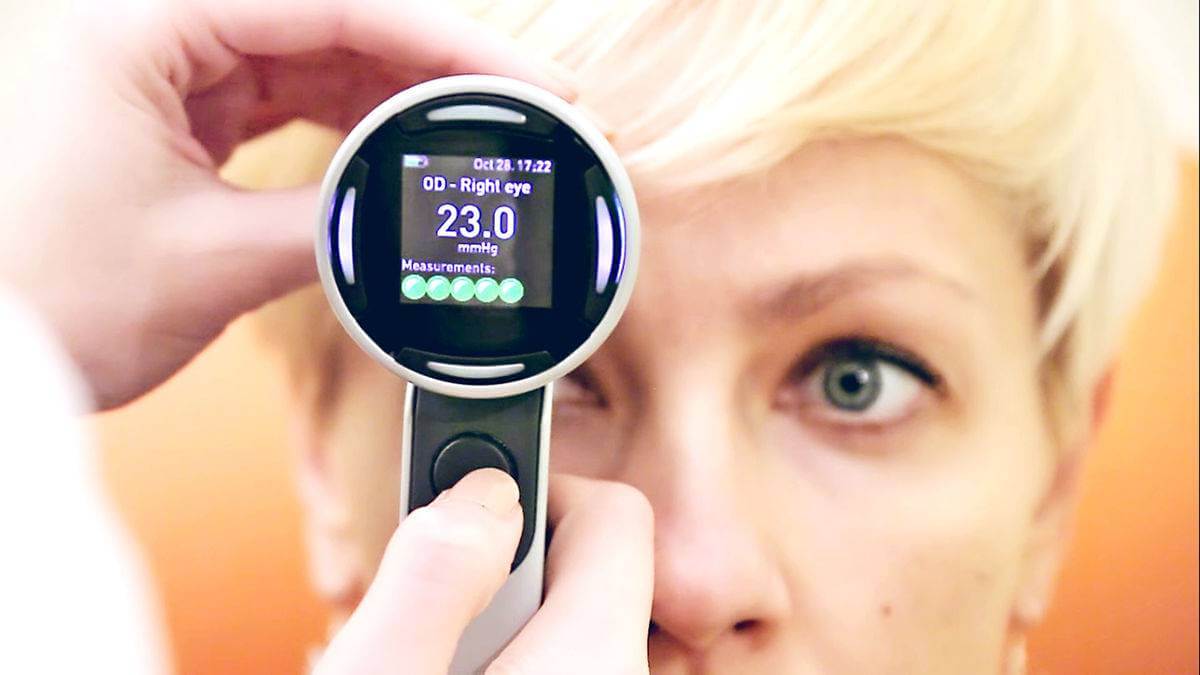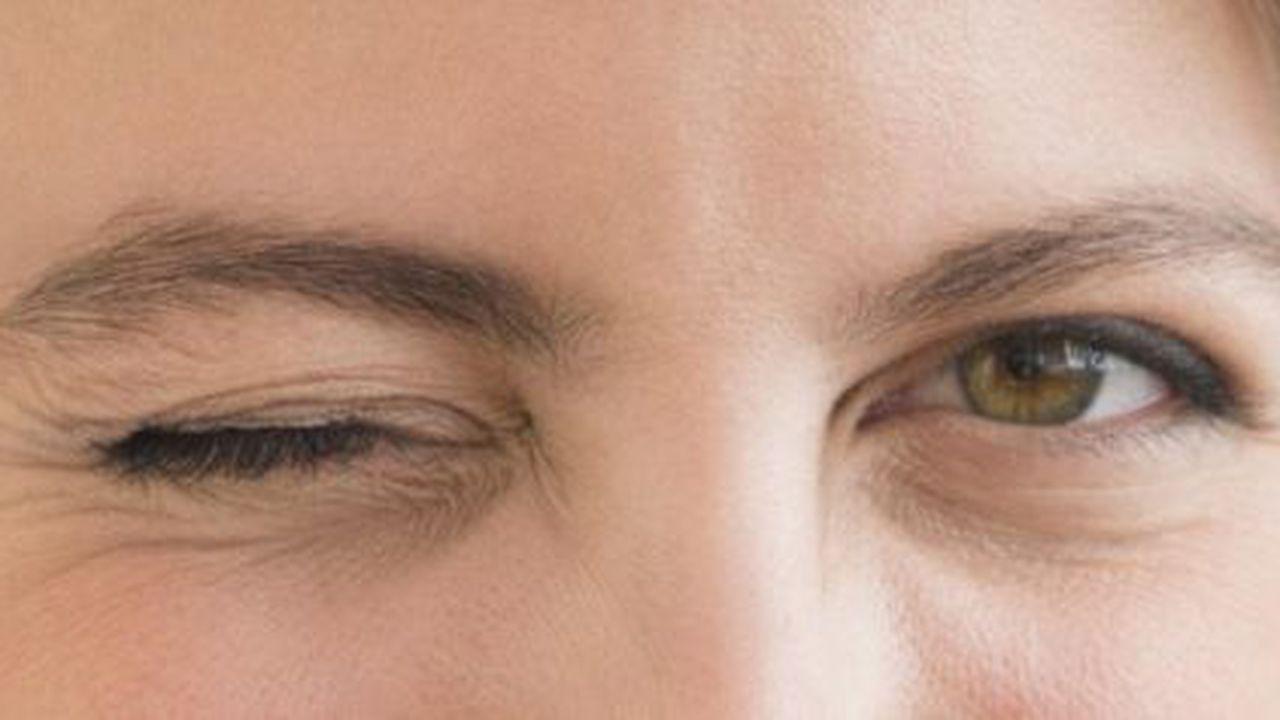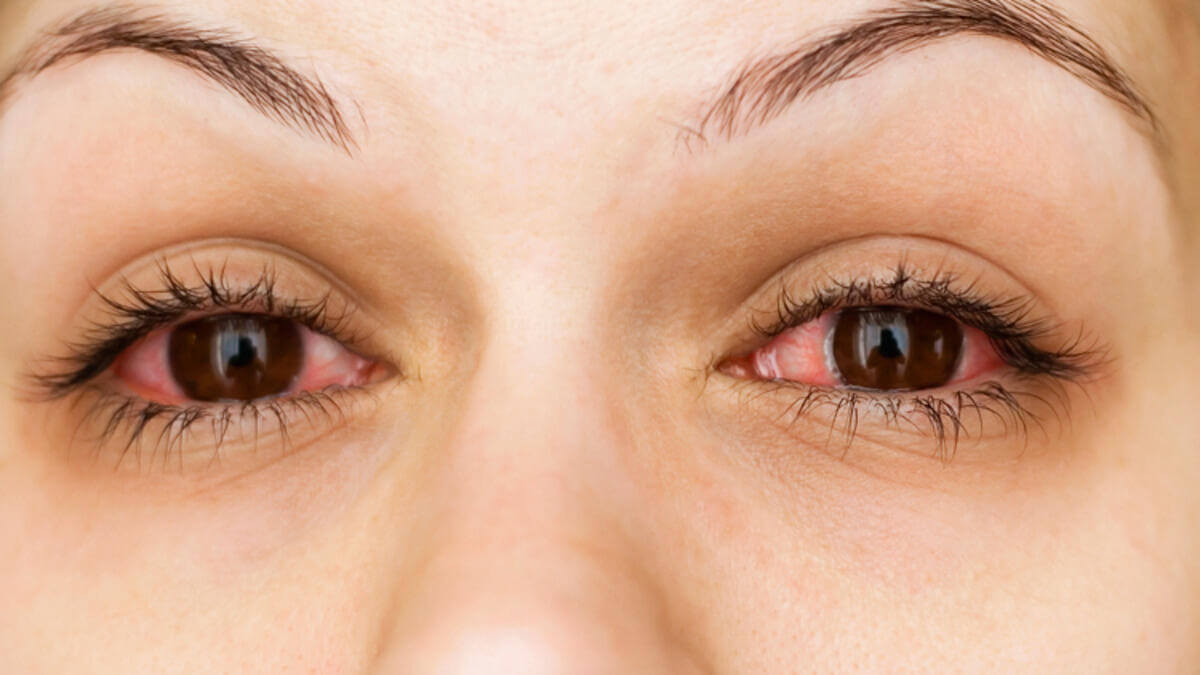When your eye turns red, it's easy to jump to conclusions and think it's pink eye. But sometimes, it might be pink eye or something else.
This article will help clear up the confusion and also talk about things that look like pink eye but aren't.
Understanding the difference between actual pink eye and what is commonly misdiagnosed as pink eye is key to getting the right help and feeling better faster.

What is Pink Eye?
Pink eye, medically known as conjunctivitis, emerges as one of the most common and treatable eye conditions that can affect people of all ages.
It's characterised by the inflammation of the conjunctiva, the transparent membrane that covers the white part of the eyeball and the inner eyelid.
This condition can make the eyes appear pink or reddish, hence the name.
However, it's crucial to distinguish true pink eye from what is commonly misdiagnosed as pink eye.
Symptoms of Pink Eye to Watch For
The symptoms of pink eye may vary depending on its cause but generally include:
- Redness in one or both eyes
- Itchiness and irritation
- A gritty feeling, as if something is in your eye
- Discharge that forms a crust during the night, possibly preventing your eye from opening in the morning
- Increased tearing
Recognizing these symptoms early can lead to prompt treatment, reducing the duration of discomfort.
However, things that look like pink eye might also share these symptoms as well, but require different management approaches, emphasising the importance of differentiating what is commonly misdiagnosed as pink eye.
How Long Does Pink Eye Last?
The duration of what might initially seem like pink eye or something else, largely depends on its cause. Generally, there are three types: viral, bacterial, and allergic.
Viral Conjunctivitis
This type can linger from a few days up to two weeks and resolves on its own as your body fights off the virus. It's similar to how a common cold operates.
Bacterial Conjunctivitis
With proper treatment, usually antibiotic eye drops or ointments, bacterial pink eye can clear up in as little as 24 to 48 hours. Without treatment, it could take up to two weeks.
Allergic Conjunctivitis
This variant is tied to allergen exposure. Symptoms can persist as long as the allergen is present but typically improve with allergy medications or once the allergen is avoided.
Is Pink Eye Contagious?
A crucial aspect of managing pink eye is understanding its contagious nature.
Viral and bacterial conjunctivitis are highly contagious and can spread through direct or indirect contact with the eye secretions of someone who's infected.
This can happen through sharing personal items, touching the eye and then touching surfaces, or being in close contact with someone who has pink eye.
On the other hand, allergic conjunctivitis is not contagious since it's triggered by allergic reactions to substances like pollen or pet dander.
The contagious period for viral or bacterial conjunctivitis can last as long as the eye continues to produce tears or discharge.
It's essential to practise good hygiene, such as frequent handwashing and avoiding eye contact, to prevent the spread.
Treatments of Pink Eye
Effective treatment hinges on the type of conjunctivitis you're dealing with. Here’s a quick guide:
Viral Conjunctivitis: Since it's caused by a virus, antibiotics won't help. The focus is on relieving symptoms. Applying a cold, wet washcloth to the eyes several times a day can ease discomfort.
Bacterial Conjunctivitis: Antibiotic eye drops or ointments are the go-tos here. You should notice improvement quickly after starting treatment.
Allergic Conjunctivitis: Over-the-counter or prescription allergy medications and eye drops can reduce inflammation and itchiness.
Preventative measures, such as not touching your eyes and maintaining good hygiene, are crucial regardless of the cause. If you wear contact lenses, switch to glasses until your symptoms have fully resolved to avoid further irritation or spreading the infection.
What Can Be Mistaken For Pink Eye
Often, we might think any condition that turns the eye red or pink must be pink eye, or conjunctivitis. However, this isn't always the case. Various conditions can mimic the appearance and symptoms of conjunctivitis, leading to frequent misdiagnosis. Here we explore what is commonly misdiagnosed as pink eye, shedding light on their differences.
Allergies
Allergic reactions are a frequent culprit for eye redness, closely resembling viral conjunctivitis. Unlike pink eye, allergies usually affect both eyes and come with intense itching, tearing, and swollen eyelids. They're triggered by environmental factors such as pollen, dust, or pet dander.
Dry Eye Syndrome
Dry eye syndrome can cause redness and irritation, often mistaken for pink eye. It occurs when the eyes do not produce enough tears or the tears evaporate too quickly. Symptoms include a sandy, gritty sensation in the eyes, which is not typical for conjunctivitis.

Blepharitis
Blepharitis vs conjunctivitis is a common mix-up, as blepharitis, an inflammation of the eyelid margins, can cause symptoms similar to conjunctivitis, including redness, itching, and crusty eyelids. The key difference lies in the focus of inflammation—blepharitis affects the eyelids, whereas pink eye affects the conjunctiva.
Keratitis
Keratitis, an inflammation of the cornea, can mimic pink eye but is much more severe and can threaten vision if not treated promptly. Symptoms include severe pain, blurred vision, and sensitivity to light. It requires immediate medical attention.
Iritis
Iritis vs conjunctivitis is another mixup, where iritis involves the inflammation of the iris. However, it's usually paired with more severe pain and light sensitivity, making it distinct from conjunctivitis.
A Stye
Many people wonder, "Can a stye cause pink eye?" A stye, which is an infection of an oil gland in the eyelid, can cause localised swelling, redness, and pain that might be mistaken for conjunctivitis. However, a stye typically leads to a painful lump on the eyelid rather than widespread redness across the white of the eye.
Confirming Your Pink Eye Diagnosis
Understanding whether you’re dealing with pink eye (conjunctivitis) or another condition that merely resembles it is crucial for effective treatment.
The similarity of symptoms between pink eye and what is commonly misdiagnosed as pink eye makes it essential to differentiate true conjunctivitis from its look-alikes.
Comprehensive Eye Examination
The cornerstone of accurately diagnosing pink eye is a comprehensive eye examination. An eye care professional will review your medical history, inquire about recent exposure to allergens, irritants, or individuals with conjunctivitis, and conduct a thorough examination of your eyes. This may include:
Visual Acuity Test: Assesses how well you can see at various distances, checking for vision impairment caused by pink eye.
Slit Lamp Examination: Provides a closer look at the eye's internal structures, aiding in spotting inflammation signs typical of pink eye or distinguishing it from what is commonly misdiagnosed as pink eye.
Fluorescein Dye Test: A special dye may be used to look for damage on the surface of the eye, which can help differentiate between types of conjunctivitis or identify other conditions like corneal abrasions.
What To Do If You Have Pain Behind Eye
If your eye concerns extend beyond the usual symptoms of pink eye and involve pain behind the eye, it's important to explore this symptom further, as it could indicate a variety of other eye health issues.
Pain behind the eye can stem from conditions such as sinus infections, glaucoma, migraines, or even optic neuritis.
For a more detailed exploration of what causes the pain behind eyes and how to address it.
When to Seek Professional Advice
If you experience symptoms of pink eye, especially if they persist or worsen, consulting an eye care professional is essential.
Attempting to self-diagnose and treat could delay proper care, potentially leading to complications.
Schedule Your Eye Checkup Today
Maintaining regular eye checkups is vital, especially as we age.
Lynbrook Optical offers comprehensive eye exams tailored to the needs of our patients, whether you are a young adult or a senior citizen.
Our team of experienced professionals uses the latest in eye disease treatment and diagnostic technology to ensure you receive the best care possible.
Book an eye test with Lynbrook Optical now and ensure your vision is at its best.
Curious about how much is an eye test? Visit our page for detailed information on costs and services.
With our team of experts and state-of-the-art testing equipment, we're here to provide the thorough care your eyes deserve.
Your eyes, after all, are your window to the world, and taking care of them is key to enjoying all the beautiful details life has to offer.
If you're looking to book your next eye test, do it now with us at Lynbrook Optical, because your vision is our focus.






